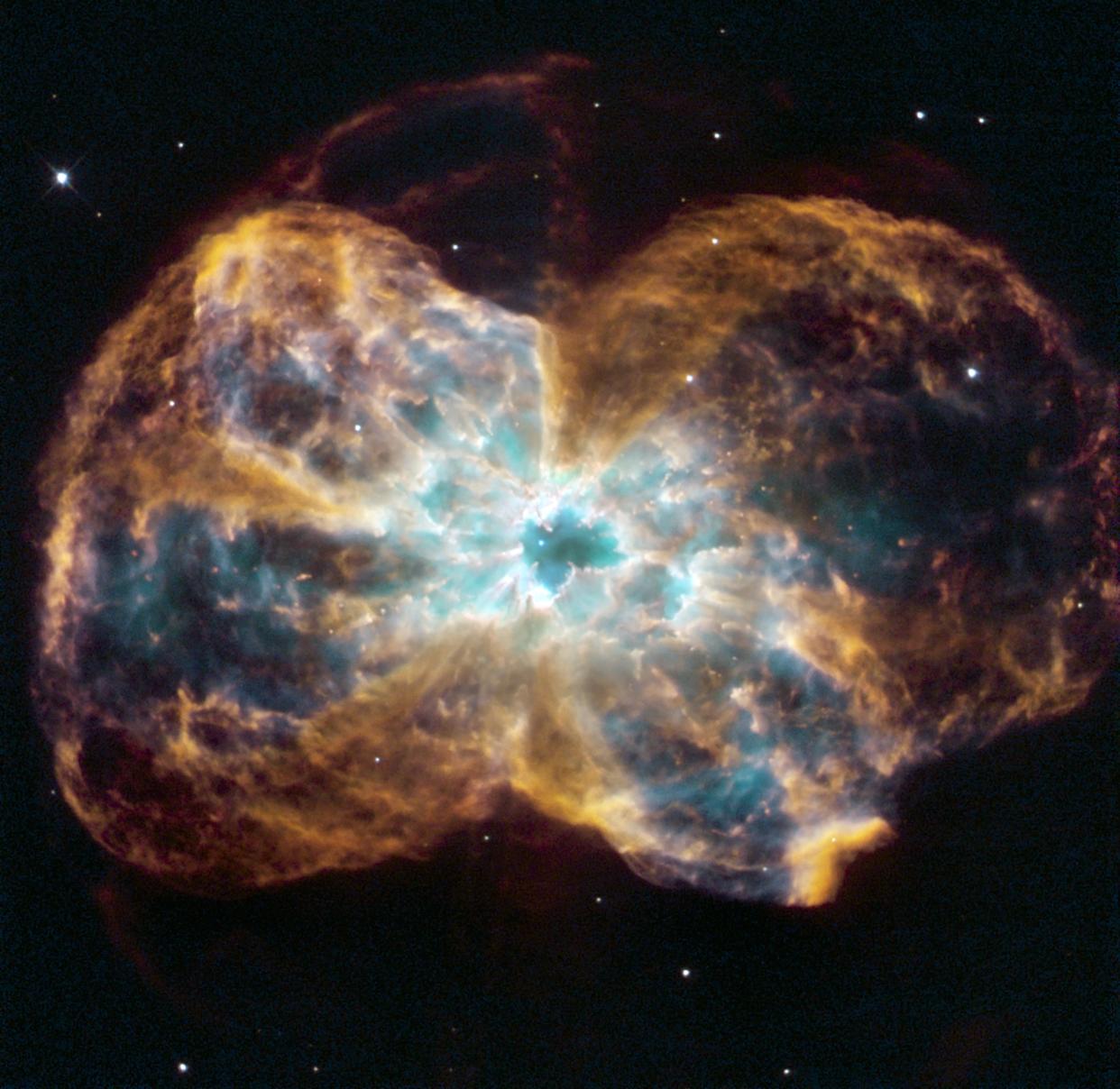Astronomers to search planets orbiting dead stars for signs of alien life

It might not seem the likeliest place to find aliens, but astronomers will soon hunt life on planets orbiting the remains of dead stars, using chemical signatures.
Cornell University researchers said that a “spectral fingerprint” of chemicals on these planets could show that life exists, even on worlds orbiting white dwarf stars not much bigger than Earth.
White dwarfs are the burnt-out remnants of stars, and are dim and ultra-dense, with a mass similar to our Sun’s, but crammed into a planet-sized object.
Scientists believe that planets orbiting the dead stars could be at the right temperature to host life.
Read more: Ultra-massive white dwarf with ‘unusually high’ carbon levels found
The paper, "High-resolution Spectra and Biosignatures of Earth-like Planets Transiting White Dwarfs," was published in Astrophysical Journal Letters.
Telescopes such as the Extremely Large Telescope, currently under construction in northern Chile’s Atacama Desert, and the James Webb Space Telescope, scheduled to launch in 2021, will allow astronomers to detect planets passing in front of white dwarf stars.
Professor Lisa Kaltenegger, director of the Carl Sagan Institute, said: “Rocky planets around white dwarfs are intriguing candidates to characterise because their hosts are not much bigger than Earth-size planets.”
Read more: Hidden giant planet found orbiting tiny white dwarf star
The trick is to catch an exoplanet's quick crossing in front of a white dwarf, a small, dense star that has exhausted its energy, Kaltenegger said.
“We wanted to know if light from a white dwarf – a long-dead star – would allow us to spot life in a planet's atmosphere if it were there.”
This paper indicates that astronomers should be able to see spectral biosignatures, such as methane in combination with ozone or nitrous oxide, “if those signs of life are present,” Kaltenegger said.
“If we would find signs of life on planets orbiting under the light of long-dead stars, the next intriguing question would be whether life survived the star's death or started all over again – a second genesis, if you will."
Doctoral student Thea Kozakis said: “If we observe a transit of that kind of planet, scientists can find out what is in its atmosphere, refer back to this paper, match it to spectral fingerprints and look for signs of life.
“Publishing this kind of guide allows observers to know what to look for.”

 Yahoo News
Yahoo News 

